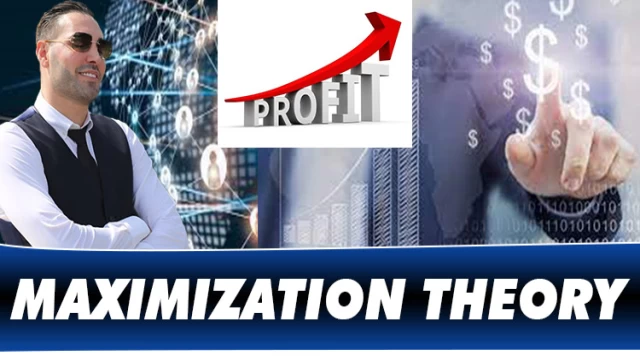The main issue is the determination of the creditors of the stakeholders carrying the entrepreneurship risk. Economic efficiency, of course, suggests that they be given final decision-making rights.
Since profit is defined as residual income, the remaining beneficiaries will have a direct interest in maximizing profits.
The traditional answer is that shareholders make up these residual creditors. Because the share contract, unlike the employment contract, for example, does not set any special fees in advance.
However, the risk-taking of shareholders can be nuanced for a variety of reasons. First, the charter of the public limited company limits the risk assumed by the shareholders to the amount of capital contributed.
Second, the portfolio diversification strategy, weighted by the rise of mutual funds, tends to limit the risks assumed by shareholders. Finally, the increased liquidity of exchanges allows a company to exit quickly and without loss of value.
These last two points (diversification and liquidity) mark an obvious difference with employees whose human capital is undiversified and often specific, i.e. not redeployable too much.
The difficulties, even the impossibility, of pre-contracting the amount of investments in human capital are widely recognized.
This lack of contract situation is not without consequences.
The return on these investments in human capital is not guaranteed and depends on the future performance of the company.
In this, employees are likewise shareholders, now creditors, if they invest in certain human capital.
In addition, companies can take advantage of limited redistribution of human capital to allocate almost all of the returns from these investments.
Employees anticipating this wait will choose a sub-optimal level of expertise for their human capital. That is, they will not maximize the company's profits.
These particular investments and the question of how to encourage them are the exact entry point of the team production model proposed in the initial version of corporate law.
Today this model is undoubtedly the strongest basis for a definition of partnership regarding the liability of listed companies, in any case the most cited model.
Like the rule in monetary policy, the tooling production model is both normative and positive (best describes the state of corporate law in the United States).
This model starts with a representation of the company that combines the three components at the heart of contemporary firm theory.
- First, a certain number of dimensions necessary for the long-term performance of companies cannot be subject to a contract (lack of contract).
- Second, overall effectiveness often suggests that specific stakeholders, and especially employees, specialize human capital.
- Third, due to the complementarity of assets, it can be very difficult to assess the contribution of each of the stakeholders to wealth creation.
Investments made by employees cannot be deducted from output so much that they cannot be observed directly. Rational individuals will refuse to engage under these conditions to the detriment of overall productivity.
The challenge, therefore, is: How to leverage the synergy gains associated with specific investments and team production, even if the parties cannot be pre-protected by a contract?
To this end, the board of directors will coordinate the team and undertake strategic choices.
The impartiality of the board of directors is essential. This is what will encourage various stakeholders to specialize their assets, thereby increasing profits.
Conversely, getting the board into the hands of one of the parties is a source of inefficiency. In other words, the shareholder model is incompatible with long-term profit maximization.
Strengthening the rights of minority shareholders in general assemblies discussed in the United States can harm the overall efficiency of companies.
It should be noted that the scheme of adopting shareholder governance while leaving this to public regulation to limit the negative externalities generated by companies does not fully meet the challenge posed here.
This incentive then goes through a partnership orientation of the governance of directly listed companies.
The law applicable to listed companies in different states of the Union is quite suitable for the tooling production model. More specifically, the authors identify two elements going in this direction.
- First, the fiduciary duties of officers and directors who legally frame their activities are performed on behalf of the company as a productive asset, not on behalf of shareholders.
- Second, shareholders' power to appoint and dismiss directors is rather weak.
It may be added that the anti-takeover provisions currently in existence in 43 US states also support a partnership governance model.
These provisions have one thing in common: they invite the directors of a target company to consider interests other than the interests of shareholders in their assessment of the merits of a takeover proposal.
Dr.Yaşam Ayavefe




























Yorum Yazın